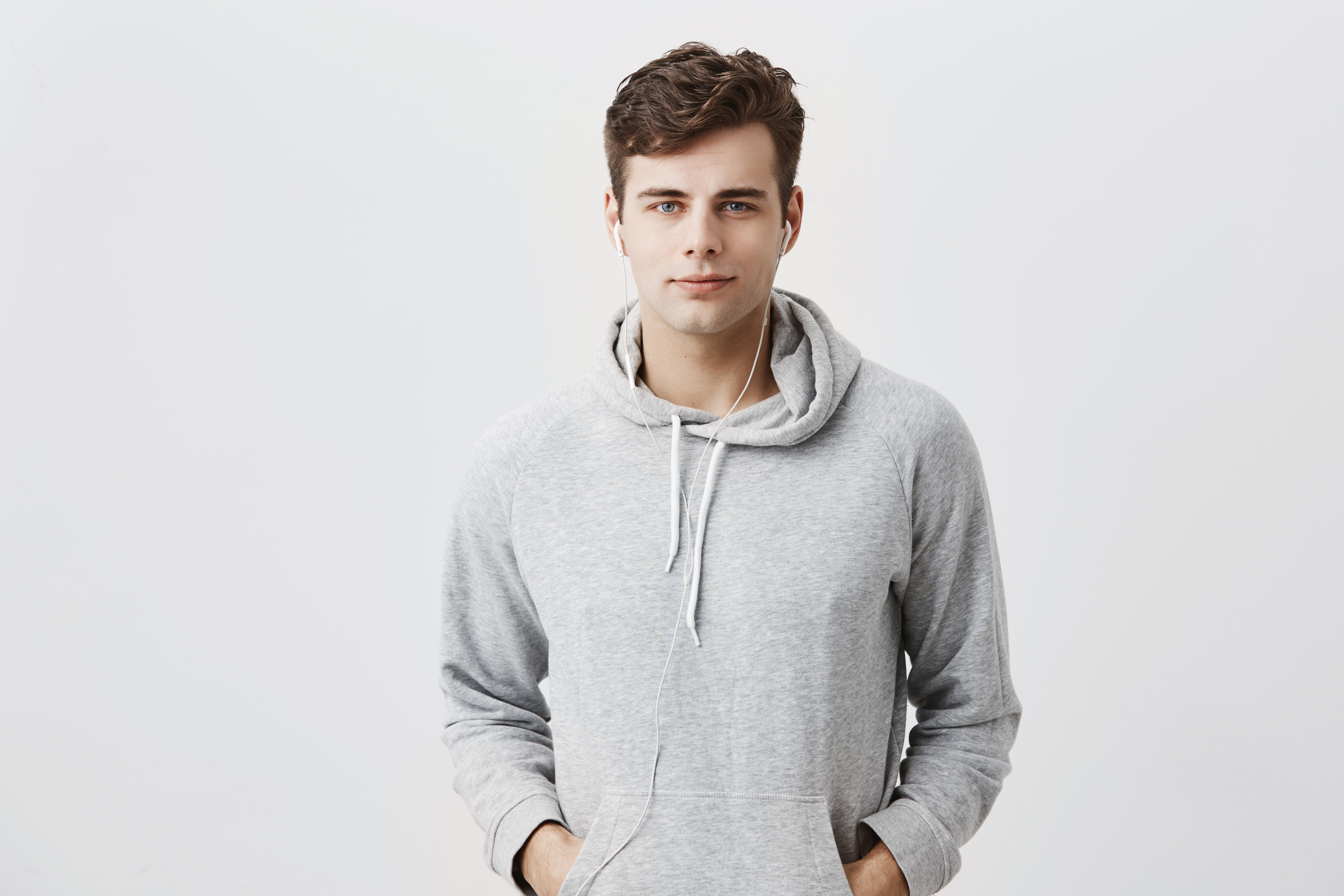Why People Are Choosing Pigment Dyed Hoodies Over Garment Dyed?
Jun 27th 2025
In cotton clothes, color isn’t just a cosmetic detail; it’s part of the garment’s soul.
How your hooded sweatshirt is dyed plays a huge role in its feel, durability, and the way it ages over time. Two of the most common methods used for 100% Cotton Hoodies are pigment dyeing and garment dyeing. They might sound similar, but the difference in results is surprisingly significant.
If you’ve ever held two seemingly identical hoodies, one pigment dyed and the other garment dyed, and wondered why one looks richer, softer, or more “lived-in,” here’s the science and art behind it.
What Is Pigment Dyeing?
Pigment dyeing is a surface-level coloring process that uses insoluble pigments (basically, tiny color particles) on the outside of the fabric. Rather than chemically bonding deep into the fibers, pigment dye clings to the outer layer, often giving the garment a washed-out, vintage look with subtle variations in tone and texture.
This is why pigment-dyed hoodies and sweatshirts often have that cool, sun-faded, almost chalky appearance. The technique gives cotton a matte finish, slightly muted color, and lived-in softness from the get-go.
How Is Garment Dyeing Different?
Garment dyeing means the fabric or finished garment is dyed after it’s already been sewn.
The dye, often reactive, penetrates deeper into the cotton fibers. As a result, garment-dyed sweatshirts typically have a more saturated, uniform color throughout the fabric.
While garment-dyeing offers even coloring, it can sometimes make sweatshirts look a bit flat or “too new.” And while the color lasts, it may lack the organic variation and broken-in feel that pigment dyeing naturally provides.
Pigment Dyed Wins for Softness and Wear

If you care about how a hooded sweatshirt feels on your skin, pigment-dyed cotton wins, hands down.
The dyeing process involves high-heat washing and softeners that “break in” the fabric and the result is a buttery, worn-in hoodie that feels like you’ve owned it for years.
On the other hand, freshly garment-dyed hoodies often feel a little stiffer until they’ve been broken in. They may soften over time, but that initial comfort and relaxed texture is a hallmark of pigment dyeing.
Unique VS. Uniform Look
Pigment dyed sweatshirts tend to have subtle tonal variations, making each one slightly different.
They’re like denim jeans that fade in all the right places. Each piece has a unique, time-worn hue that feels anything but generic. That character is exactly why so many modern lifestyle brands turn to pigment dyeing for their high-end cotton pieces.
Garment dyed sweatshirts, in contrast, appear cleaner and more uniform. That might be your preference if you’re after bold, even colors but for anyone seeking character, pigment dye delivers a more textured, almost vintage aesthetic.
Longevity and Fading
Longevity is where the differences really start to matter.
Pigment dyes are designed to age. They fade gently over time in a way that looks intentional, almost like patina on leather. If you love your clothes to gain personality the more you wear them, pigment dyeing plays to that strength.
Garment-dyed pieces are initially more colorfast, but they can sometimes fade unevenly or develop patchy areas over the years, especially if exposed to sunlight or heavy laundering. They hold their tone longer, but when they do break down, it’s not as graceful as pigment-dyed hoodies.
Is One More Durable Than the Other?
Both methods offer strong, dependable garments when applied to high-quality cotton (like the ring-spun or combed cotton used in brands like Just Sweatshirts). However, pigment-dyed hoodies tend to feel softer sooner, with pre-shrunk properties and fewer surprises post-wash.
Also, because pigment dyeing involves enzyme washes and silicone softeners, the fabric has already been stress-tested during production. That means less shrinkage and a reduced risk of puckering or twisting at the seams later.
So, if you’re also looking for a garment that offers a softer, pre-washed feel and a rich, vintage-inspired look, pigment-dyed hooded sweatshirts are the answer.

